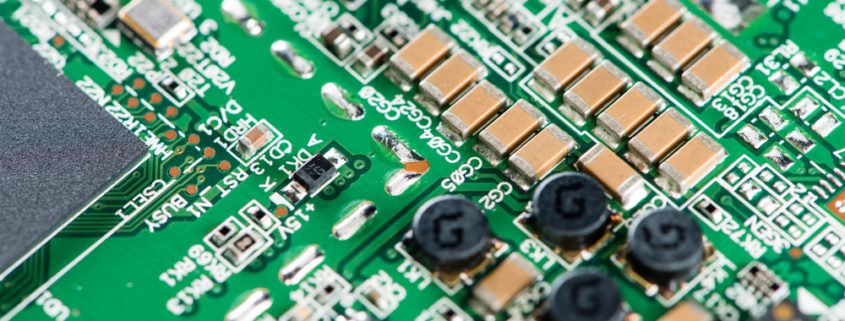The Art of Analog ASIC Design: A Beginner’s Guide
/in System-On-A-Chip and ASIC Design Blog/by Linear Micro AuthorASICs are a cornerstone of modern electronics, crucially involved in applications ranging from telecommunications to medical devices. While digital ASICs handle binary data, Analog ASICs process continuous signals, making them essential for translating real-world phenomena into digital information. This article explores the basics of Analog ASIC design, offering insights into the key considerations and challenges involved.
Understanding the Basics of Analog ASIC Design
Analog ASICs are custom-designed integrated circuits tailored to applications requiring analog signal processing. Unlike digital circuits, which deal with discrete binary signals (0s and 1s), Analog ASICs work with continuous voltage or current signals. This capability makes them invaluable in signal amplification, filtering, and conversion between analog and digital domains.
The design of an Analog ASIC involves several critical steps. It begins with defining the specifications based on the target application. These specifications include signal range, frequency response, noise tolerance, and power consumption. Once the specifications are established, the design process moves to the circuit level, where the actual implementation of the analog functions is planned. This stage involves selecting appropriate components, such as transistors, resistors, and capacitors, and arranging them to meet the desired performance criteria.
Simulation plays a crucial role in the design process, allowing engineers to model and test the circuit’s behavior under various conditions. Tools like SPICE (Simulation Program with Integrated Circuit Emphasis) are commonly used to simulate the analog circuitry and identify potential issues before physical fabrication. This step ensures that the Analog ASIC performs as intended without costly redesigns.
Key Considerations and Challenges in Analog ASIC Design
Designing Analog ASICs is a complex and nuanced process with several unique challenges compared to digital ASIC design. One of the primary challenges is managing the trade-offs between performance parameters. For example, increasing the gain of an amplifier may also increase noise levels, requiring careful balancing to achieve the desired outcome.
Another critical consideration is the variability of analog components. Unlike digital circuits, where binary states are distinct and relatively immune to small variations, Analog ASICs are sensitive to variations in component values and manufacturing processes. This sensitivity can lead to deviations in performance, requiring thorough testing and calibration to ensure consistency across different production batches.
Power consumption is another crucial factor, especially in battery-powered or portable applications. Analog ASICs often need to operate at low power levels while maintaining high performance. Achieving this balance requires careful design choices, such as selecting low-power components and optimizing the circuit layout to minimize power loss.
The layout and packaging of Analog ASICs also demand special attention. The physical layout of the circuit can significantly impact its performance, particularly in high-frequency or high-precision applications. Parasitic elements, such as stray capacitance and inductance, can introduce unwanted effects, making precise layout and grounding strategies essential.
Conclusion
Analog ASIC design is an art that requires a deep understanding of both the application requirements and the intricacies of analog circuitry. The design process involves a delicate balance of various factors, from defining specifications to managing trade-offs and ensuring consistent performance. As a leading Microsystems company, we recognize the importance of mastering these complexities to deliver high-quality Analog ASIC solutions. Whether you’re new to the field or looking to deepen your understanding, this beginner’s guide provides a foundational overview of the critical aspects of Analog ASIC design.
Learn more about Linear MicroSystems by clicking here!
Linear MicroSystems, Inc. is proud to offer its services worldwide as well as the surrounding areas and cities around our Headquarters in Irvine, CA: Mission Viejo, Laguna Niguel, Huntington Beach, Santa Ana, Fountain Valley, Anaheim, Orange County, Fullerton, and Los Angeles.






